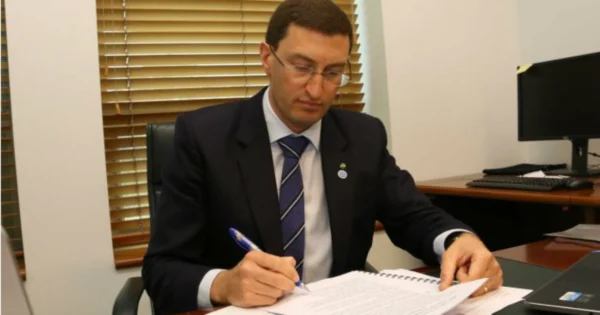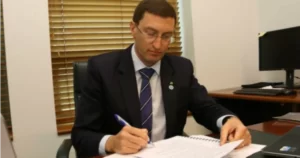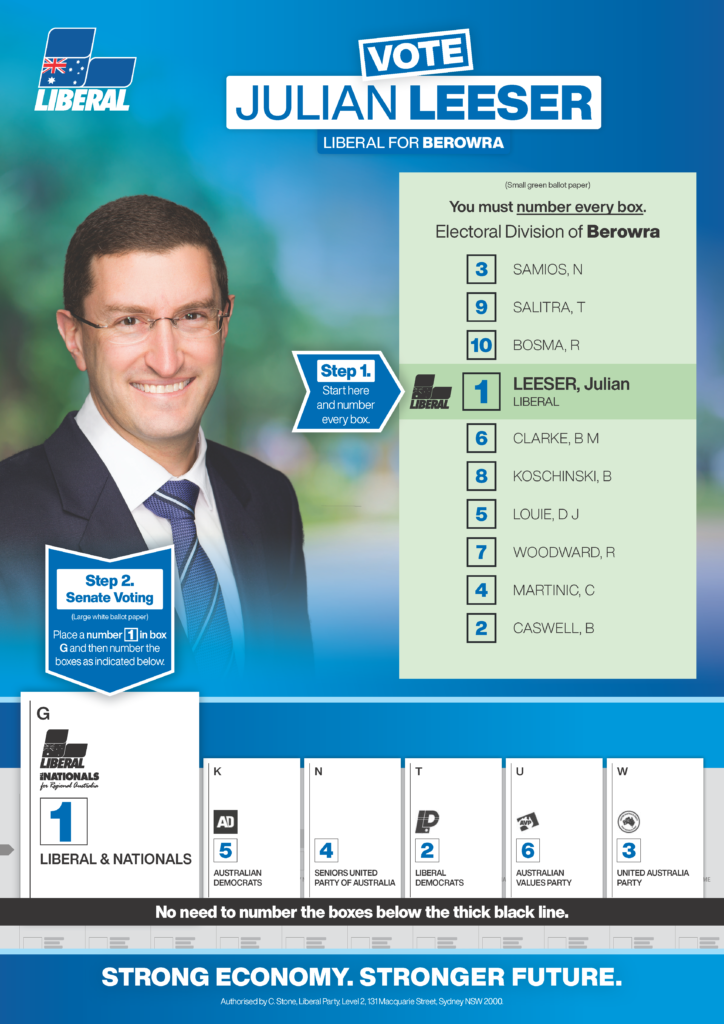I thank the Member for Jagajaga for reminding us about the 15th anniversary of the Apology to Australia’s Indigenous Peoples which we will commemorate more formally next week.
Like the 1967 Referendum, delivered successfully by the Holt Government, the Apology endures as a landmark in our Australian story.
Kevin Rudd realised that the Apology had to mark the start of a change, rather than be an end of itself.
As Mr Rudd said “symbolism is important but, unless the great symbolism of reconciliation is accompanied by an even greater substance, it is little more than a clanging gong.” From the Apology, the Closing the Gap process was born.
And eventually revamped.
Revamped because of the realisation that progress was not possible unless progress was a true partnership with Indigenous Australians – and I pay tribute to the former Minister Ken Wyatt and the Coalition of Peaks for this work.
Under the new process delivered by the previous government, it is not only the Commonwealth reporting on progress against our goals.
Every state and territory and the Coalition of Peaks are all reporting on their shared goals.
Buy-in has grown. Responsibility is now shared across the country.
More people now feel the weight of responsibility, a weight of responsibility that must be felt if we’re to close the gap.
Symbolic change and practical outcomes do go hand-in-hand.
It is a reason why I am a supporter of the idea of a voice.
But we know from today’s poll that this debate hangs in the balance.
The idea has majority support, but half of that support is considered soft.
As a supporter of the idea of the Voice, I am deeply concerned about where this debate is at.
The government is tripping over itself on the lack of detail.
The government is mucking this up.
The lack of detail is damaging support for the Voice.
Yesterday it was questions about advising the parliament or the executive, today it is questions about being a voice to National Cabinet…and who knows what questions tomorrow will bring.
What we are seeing is proponents stumbling over how the Voice might or might not work.
The lack of detail is hurting the idea of a Voice.
This was predicted years ago.
In 2018, Senator Dodson and I co-chaired the Joint Select Committee on Constitutional Recognition.
Let me quote some prominent Aboriginal leaders and legal experts quoted in our final report.
Mick Gooda, a former Human Rights Commission, Social Justice Commissioner, said: “…if Australians do not know what they are voting for in a referendum they will vote no…” and
“….if we went to a referendum now…without any detail about how it’s going to be formed and constructed, it’s a guarantee of failure. We’re committed to a voice, but we think there’s a process we’ve got to go through”.
Professor Tom Calma said:
“…nobody knows what the Voice might look like and how it might operate. Once that’s determined or recommended, if there’s broad support for it, then we should go into another round of campaigns.”
Ms Cathryn Eatock, Co-Chair, Indigenous Peoples Organisation, told the Committee:
“We believe that a governance body should be established through legislation before the issues around a constitutional referendum are addressed, and that that also requires a period of bedding down. We’ve seen fear campaigns before…
She went on to say:
“It’s actually the government’s responsibility to educate the Australian population and to bring them with us so it’s a joint journey of healing for the Australian community.
And Indeed, the NSW Aboriginal Land Council in arguing for a constitutionally enshrined Voice argued:
“A Voice to Parliament established through legislation may provide a practical interim first step.”
As the report noted:
”Mr Mick Gooda, Professor Tom Calma AO and Ms June Oscar AO argued that a constitutional change would only be successful if it was accompanied by clearly articulated legislation, defining and road-testing the implementation of The Voice, after a co-design process”
And Professor George Williams also warned us of the necessary preconditions for successful referenda, namely: bi partisan support, popular ownership of the proposal by voters, education and a modern referendum process.
There’s that word again …process.
That’s the thing now lacking under this government.
And why is this so important.
As Dr Jackie Huggins AM, then Co-chair of Congress put it in 2018 “A failed referendum would be another blow to Indigenous Australians”.
A referendum requires a serious act of persuasion.
We owe it to the First Nations peoples of this country – and to our shared national story – to give this referendum every chance of success.
The government’s strategy must be: details first, referendum second. That’s how to make the idea of a voice a reality.
Details create confidence. Detail creates the scope for the debate. Detail will stop the daily sloppy interventions we are seeing by the government in this debate from the Prime Minister down.
Noel Pearson anticipated this a year ago, when he said in an address “Let us complete the legislative design of the Voice, and produce an exposure draft of the bill so that all parliamentarians and the members of the Australian public can see exactly what the voice entails”. Sage advice.
I draw members attention to these quotes because they demonstrate that when we call for more detail before a referendum we are not alone. In fact, prominent Indigenous leaders, lawyers and people now advising the government have previously made the same argument.
So my plea to those opposite, and to the Member for Jagajaga who I believe lodged this motion in good faith…My plea is to adjust course.
Please, please, please, please adjust course.




